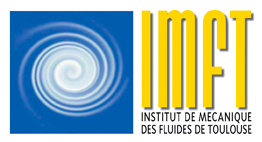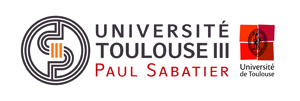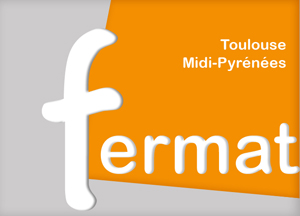Numerical simulation of the interaction between an external turbulent or laminar flow and liquid/vapor phase change
Soutenance de thèse Elena-Roxana Popescu
Mardi 2 juillet à 10 h 30 Amphithéâtre Nougaro
Résumé :
In a launcher tank, the cryogenic fuel can suffer a liquid/vapor phase change due to a thermal gradient induced by solar radiation or by engines residual thermal diffusion. The quantity of vapor released by the phase change process can highly increase the internal pressure. Due to a poor knowledge of these phenomena, at present, the operations led to regulate the internal pressure induce fuel loss. It is therefore of great importance to investigate the liquid/vapor phase change and the physical processes taking place at the interface. This is the context of the present thesis, that takes place in an effort to extract better understanding of the above underlined phenomena by
means of Direct Numerical Simulation (DNS). The work is split into three studies : the interaction between a liquid pool at saturation and an external flow of subcooled or superheated vapor, both in laminar and turbulent regime flows, and the interaction between natural convection mouvements and liquid/vapor phase change.
Firstly, the laminar regime flow is investigated. In this framework, a parametric study is conducted with the objective of finding behaviour laws for the heat transfer and the friction coefficient at the interface between a static liquid pool at saturation temperature and a laminar boundary layer flow of vapor. Both vaporization and condensation are studied.
The second project is on the numerical simulation of a turbulent boundary layer flow of superheated vapor interacting with the velocity field induced by vaporization. To this extent, a turbulent fluctuations injector is implemented and validated for the spatial development of a boundary layer flow over a flat plate with heat transfer. A study on the influence of the velocity field induced by vaporization on the Nusselt number, the friction coefficient, the Stanton number and the turbulent quantities is conducted.
Finally, we lead a preliminary numerical study on a configuration describing the interaction between natural convection flow and liquid/vapor phase change in a cryogenic tank. A new solver is implemented in the in house code to account for the density variations in the liquid. Preliminary results are obtained on the influence of the Grashof number on the thermal flux at the liquid/vapor interface.
Keywords : vaporization, condensation, Nusselt number, turbulent boundary layer, natural convection





